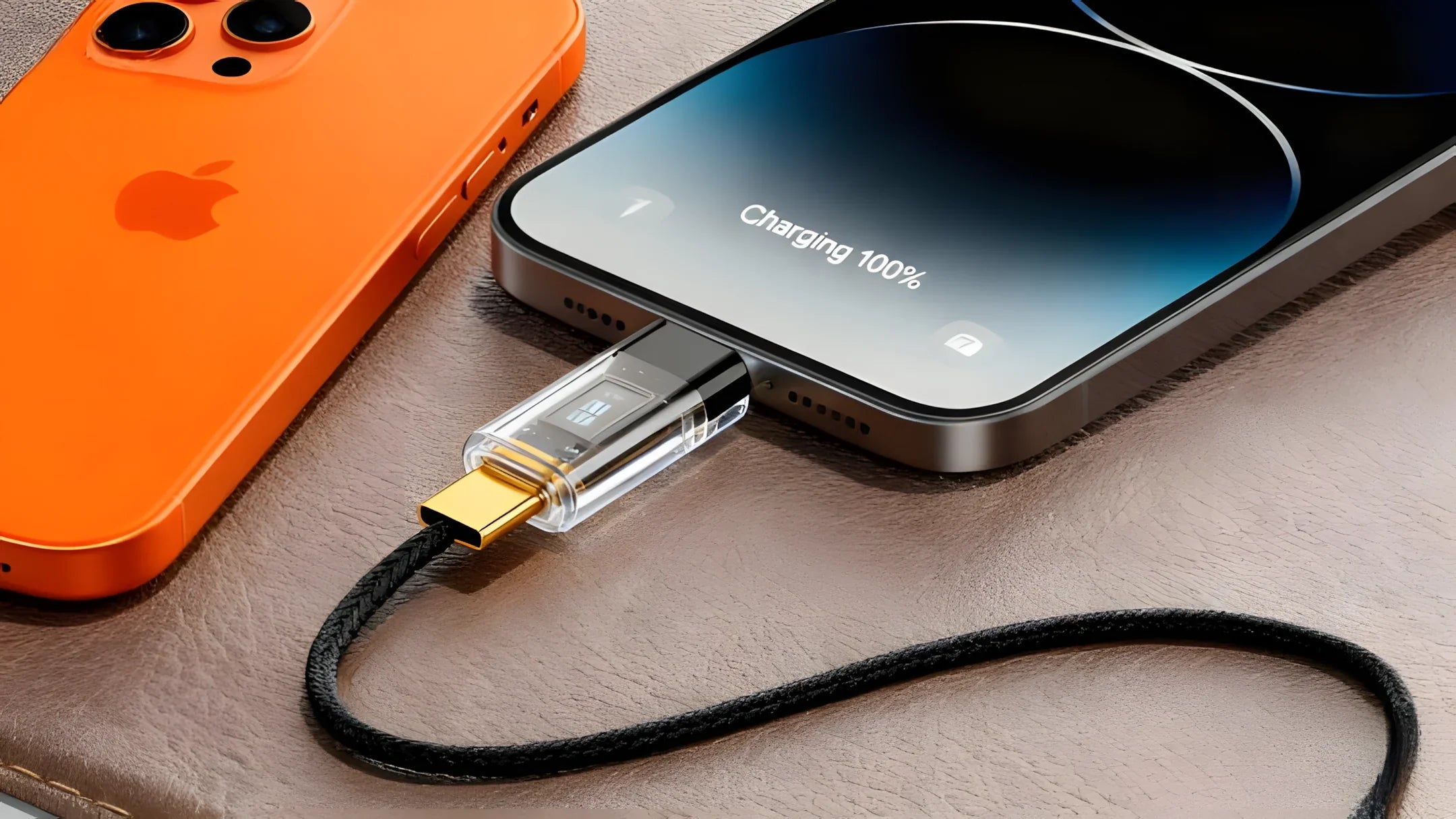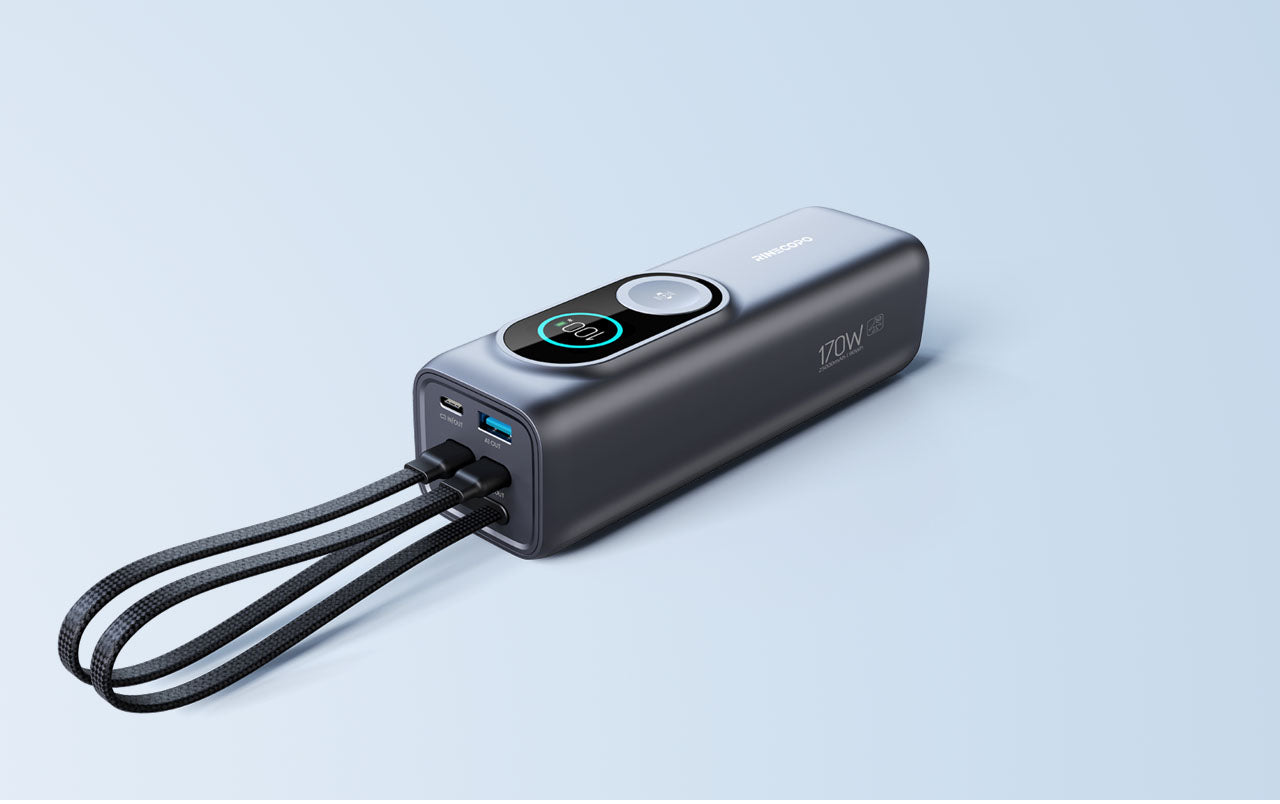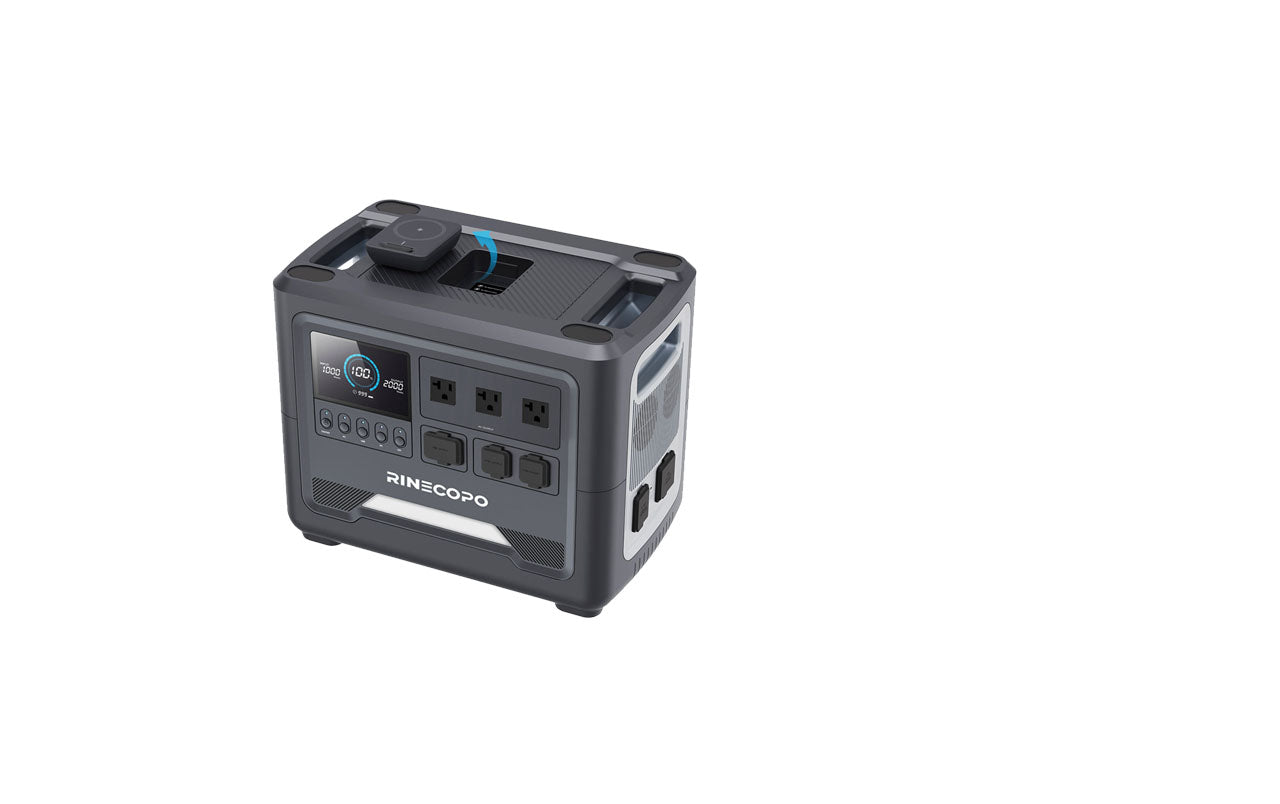
In today’s tech-driven world, a power bank is no longer just a travel accessory—it’s a daily essential. Whether you’re commuting across the city, working long hours at a café, or catching a flight for a business trip, your devices demand reliable charging.
But here’s the catch: many people notice their devices charge slowly even when they own a high-capacity power bank. The culprit? Often, it’s not the power bank itself, but the USB cable connecting everything together.
The cable is more than a connector. It directly affects charging speed, power delivery, and even the long-term health of your devices. This guide walks you through everything you need to know about choosing the right USB cable for your power bank—from certification standards and power ratings to common pitfalls and real-world tips.
Why Does the Cable Matter So Much?
A charging setup works like a chain:
-
The power bank provides energy.
-
The device receives it.
-
The cable carries it between the two.
If the cable isn’t up to the task, power delivery drops, charging slows, and sometimes the fast-charging protocol won’t even activate.
Three key factors determine performance:
-
Cable resistance – Longer or low-quality cables create higher resistance, which causes voltage drop and reduces charging speed.
-
Protocol support – High-wattage Power Delivery (PD) charging requires cables with E-marker chips to communicate power safely. Without them, charging falls back to slower levels.
-
Labeling confusion – Many cables advertise “USB 3.1” or “SuperSpeed,” which refers only to data transfer rates, not charging capacity.
Bottom line: A 100W-capable power bank paired with a 60W cable will only deliver 60W.
Common USB Cable Types
-
USB-C to USB-C
The most versatile and future-proof. Supports PD fast charging for phones, tablets, and laptops. -
USB-A to USB-C
Works with older chargers or car outlets. Fine for small devices, but limited in power delivery. -
USB-C to Lightning
Designed for Apple devices. Certified versions support PD fast charging when paired with the right adapter or power bank.
Pro tip: For most modern users, a certified USB-C to USB-C cable is the best all-around choice.
How to Check if a Cable Is Certified
Not all USB cables are created equal. Here’s how to make sure yours is reliable:
-
Look for certification logos – USB-IF certified cables clearly display official markings along with power ratings (60W, 100W, or 240W).
-
Check the database – The USB Implementers Forum (USB-IF) maintains an online list of certified cables and accessories.
-
Confirm the E-marker chip – Any cable claiming 100W or 240W must include an embedded chip for safe communication and delivery.
Skipping certification might save a few dollars upfront, but uncertified cables can cause overheating, slower charging, or even device damage.
Match the Cable to Your Power Needs
The right cable depends on what devices you’re charging. Use this quick reference:
| Device Type | Power Requirement | Recommended Cable | E-marker Needed | Max Length |
|---|---|---|---|---|
| Smartphone / Small tablet | 20–45W | 60W USB-C to USB-C | No | ≤1 m |
| Tablet / Ultrabook | 45–65W | 100W USB-C to USB-C | Optional | ≤1.5 m |
| High-performance laptop | 65–100W | 100W/240W USB-C to USB-C | Yes | ≤1 m |
| Gaming / Workstation laptop | 100–140W | 240W USB-C to USB-C | Yes | ≤1 m |
| Legacy devices / Car chargers | ≤10W | USB-A to USB-C (with 56kΩ resistor) | No | ≤1 m |
Rules of thumb:
-
Always pick a cable equal to or above your power bank’s max output.
-
For multipurpose setups (charging phone + laptop), choose a 5A E-marker cable for stable performance.
-
Avoid overly long cables (over 2m) unless absolutely necessary.
Common Mistakes People Make
-
Confusing data speed with charging power – USB 3.1 ≠ fast charging.
-
Using cheap long cables – More resistance, less efficiency.
-
Skipping certification – Leads to “not supported” errors or device risks.
-
Mixing mismatched cables – One underpowered cable slows down the entire system.
Do You Still Need USB-A to USB-C?
Yes, in certain cases.
-
Works well with older outlets and car chargers.
-
Good for smaller devices like earbuds or Bluetooth speakers.
-
Not suitable for laptops or high-power charging.
When buying, always choose versions with 56kΩ resistors for safety.
Best Practices for Cable Care
-
Storage → Coil loosely, don’t bend sharply.
-
Temperature → Avoid leaving on hot surfaces.
-
Inspection → Replace cables with frayed ends or discoloration.
-
Cleaning → Use a soft brush or isopropyl alcohol for dirty connectors.
A good cable should last years if properly cared for.
FAQ
Q1: Why is my fast-charging power bank still charging slowly?
➡ Check whether all three parts—power bank, device, and cable—support the same power level.
Q2: Do magnetic adapters affect charging?
➡ Yes. They add resistance and often break PD protocol, slowing charging.
Q3: Does USB 3.1 mean faster charging?
➡ No. It only refers to data transfer speeds. Charging depends on wattage and PD support.
Final Thoughts
Choosing the right USB cable may sound trivial, but it directly impacts how well your power bank performs. The formula is simple: certification + correct wattage + shorter is better.
-
Smartphones & tablets → 60W short USB-C cable
-
Laptops → 100W or 240W certified USB-C with E-marker
-
Cars & legacy devices → USB-A to USB-C with 56kΩ resistor
And if you’d rather not worry about carrying multiple cables at all, consider a power bank with built-in high-wattage cables, like the RINECOPO Power Bank. With integrated 170W USB-C support and multiple outputs, it’s designed to keep your devices powered up without the hassle of juggling cords.
Recent Posts
Blog Tags
How to Choose the Right Certified USB Cable for Your Power Bank
Choosing the right USB cable may sound trivial, but it directly impacts how well your power bank performs. The formula is simple: certification + correct wattage + shorter is better.
-
Smartphones & tablets → 60W short USB-C cable
-
Laptops → 100W or 240W certified USB-C with E-marker
-
Cars & legacy devices → USB-A to USB-C with 56kΩ resistor
The Best Smart Power Bank for City Commuting and Weekend Adventures
To choose a power bank suitable for city commuting and light outdoor use, focus on six key aspects:
-
Design Aesthetics: Attractive, comfortable, portable, and high-quality materials make your power bank a stylish daily accessory.
-
Intelligent Management: Multi-device recognition, precise battery display, and smart temperature control ensure safer, more efficient charging.
-
Fast Charging: Multi-protocol, two-way fast charging, and high output power save precious time.
-
Safety Protection: Multiple safety layers, premium battery cells, and thoughtful details keep devices and users secure.
-
Practical Use Cases: Commuting, office, light outdoor, and travel scenarios—design matches real-life needs.
-
Brand & Selection Advice: Choosing a brand like Rinecopo, with high capacity, intelligent display, and multiple fast-charge ports, is a smart choice for everyday and light outdoor use.
Maximize Your Portable Power Station: 5 Smart Hacks to Keep It Performing Like New
-
Hack 1 – Speak Its “Language”: Understanding capacity (Wh), power output (W), and input specifications is the foundation for precise energy planning and avoiding overload.
-
Hack 2 – Charge Like You Care for Its Health: Avoid overcharging or deep discharges, use the original charger, and charge within an appropriate temperature range to protect battery health.
-
Hack 3 – Adopt Elite Power Habits: Manage power loads, minimize standby consumption, and prioritize devices based on battery level to maximize usage efficiency per charge.
-
Hack 4 – Follow the “Sleep Mode” Rule for Long-Term Storage: Store in a cool, dry place at 50%-60% charge, and perform periodic calibration cycles to ensure your station wakes up fully energized.
-
Hack 5 – Trust the Brand’s Expertise: Carefully reading and following the professional guidance in the user manual is the most reliable way to unlock your device’s full potential and avoid operational mistakes.





